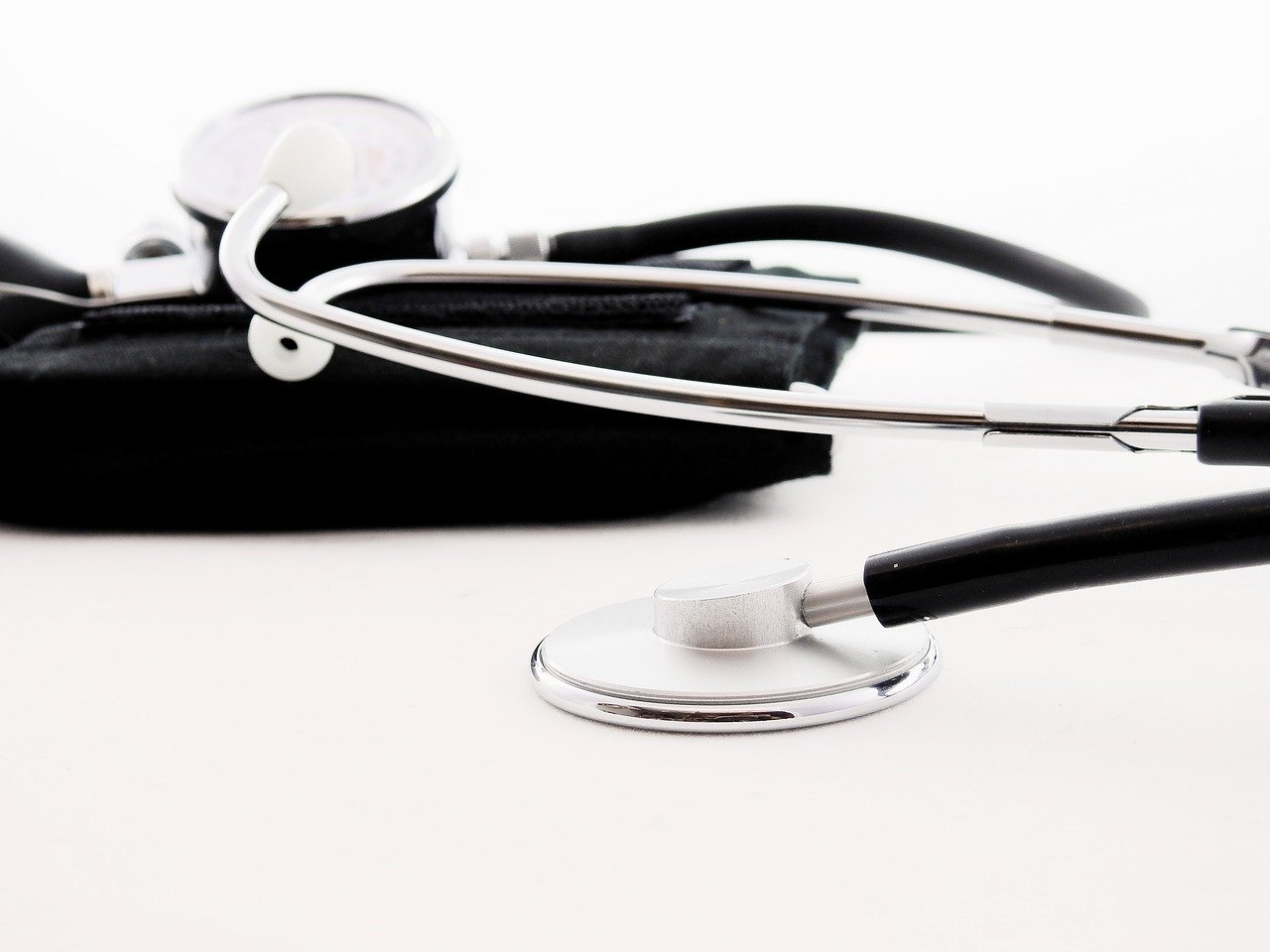On Monday, the American College of Cardiology (ACC) and the American Heart Association (AHA) released newly updated blood pressure guidelines, which could shift many individuals into the hypertensive category.
The new blood pressure threshold is 130/80 mmHg. Individuals with exceeding numbers are labeled as hypertensive.
Under the new rules the systolic blood pressure (the top number) would reduce from 140 to 130, and the diastolic blood pressure (the bottom number) would reduce to 80 from 90 millimeters of mercury (mmHg). This essential moving of the goal posts has been done with the intention of aggressively reducing life-threatening/altering heart attacks and strokes.
Access to care and community education are paramount issues to leave on the table with regards to combating high blood pressure and a host of other diseases and silent killers.
To help reduce the risks of cardiovascular disease and hypertension, it is important to monitor these numbers closely, in addition to incorporate healthy lifestyle changes and dietary adjustments (i.e., DASH diet) as necessary. Such adjustments may seem small, but they are really effective with consistency, and are important considerations prior to having to take prescription medications to get the blood pressure under control.









